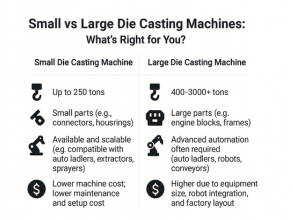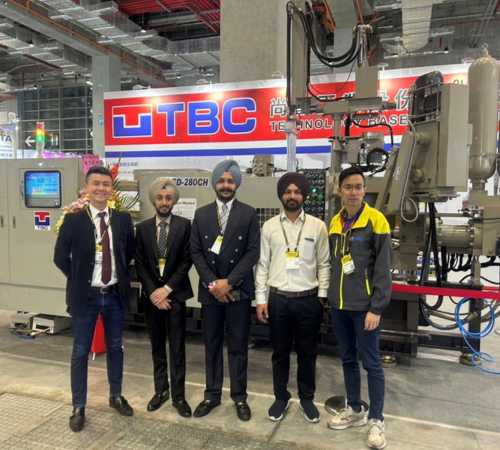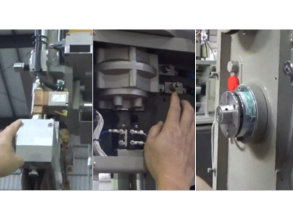Essential Tips for Die Casting Machine Maintenance
Adopting targeted and smart maintenance practices for die casting machines not only increases equipment longevity but also enhances overall production efficiency. By minimizing unplanned downtime and optimizing resource usage, a comprehensive maintenance approach helps reduce operational costs in the long run. Through regular monitoring, preventive measures, and predictive analytics, customers can ensure smooth, cost-effective, and reliable die casting operations. Let’s discover essential tips and strategies for die casting machine maintenance to enhance equipment lifespan, boost production efficiency, and achieve a cost-effective die casting process.
1. Regular Preventive Maintenance
-
Schedule routine inspection tasks on a daily, weekly, and monthly basis for die casting machines to catch potential issues before they cause downtime.
-
Conduct comprehensive checks on key systems such as hydraulics, electrical components, cooling, and heating to detect potential issues early and avoid unexpected breakdowns.
-
Clean and lubricate critical machine parts to maintain smooth operation and prevent wear.
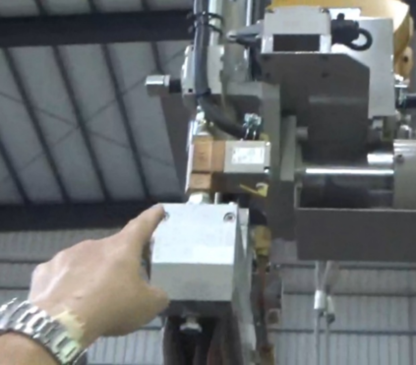 Pneumatic valve
Pneumatic valve
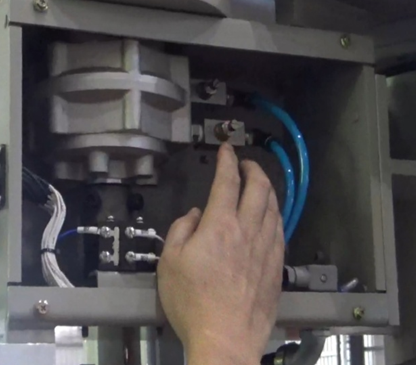 Flow valve
Flow valve
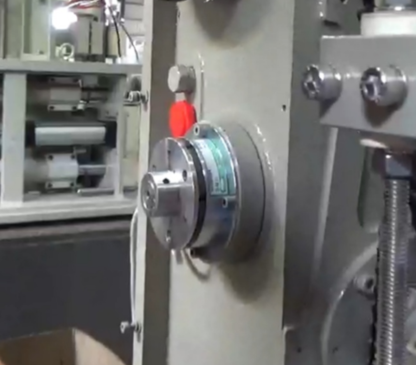 Brake
Brake
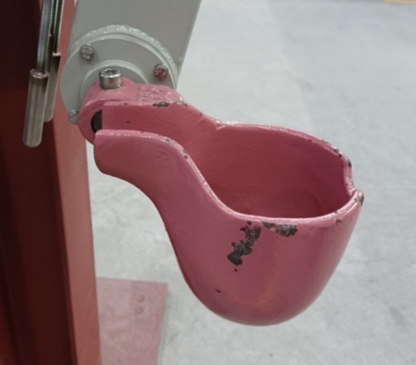 Ladle
Ladle
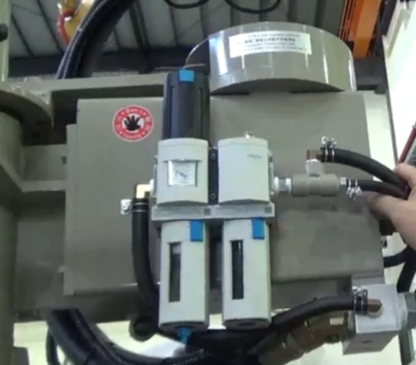 Air pressure source and 32 oil supplier
Air pressure source and 32 oil supplier
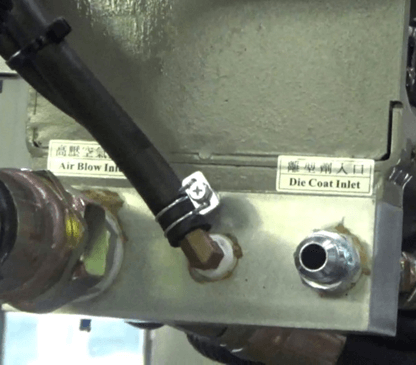 Release agent inlet
Release agent inlet
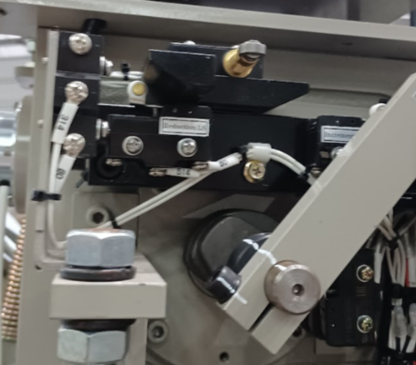 Limit adjustment
Limit adjustment
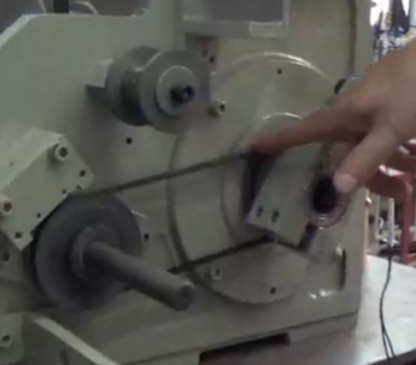 Scale belt
Scale belt
 Chain
Chain
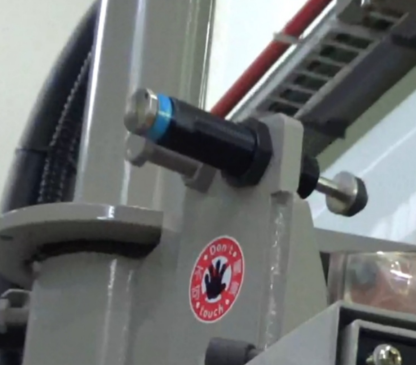 Shock absorber
Shock absorber
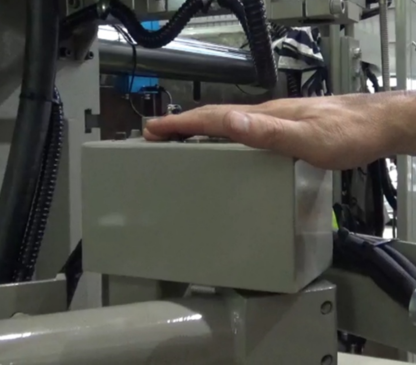 Mechanical box
Mechanical box
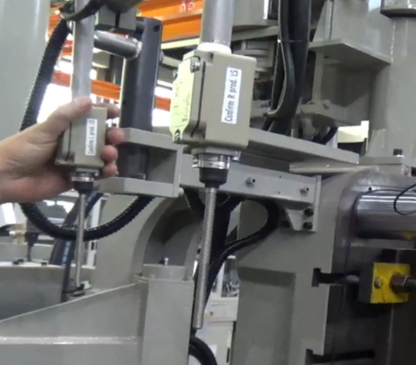 Product limit
Product limit
2. Comprehensive Training System for Operators
Operators should be well-versed in die casting principles, familiar with operational techniques, and able to identify early signs of malfunctions, such as abnormal sounds, changes in pressure, or operational irregularities. Prompt reporting of these issues helps prevent major failures.
Regular Technical Exchange
-
Organize internal technical exchange sessions to share maintenance experiences and case studies specific to die casting machines.
-
Foster a culture of continuous learning to enhance the maintenance expertise of the entire team.
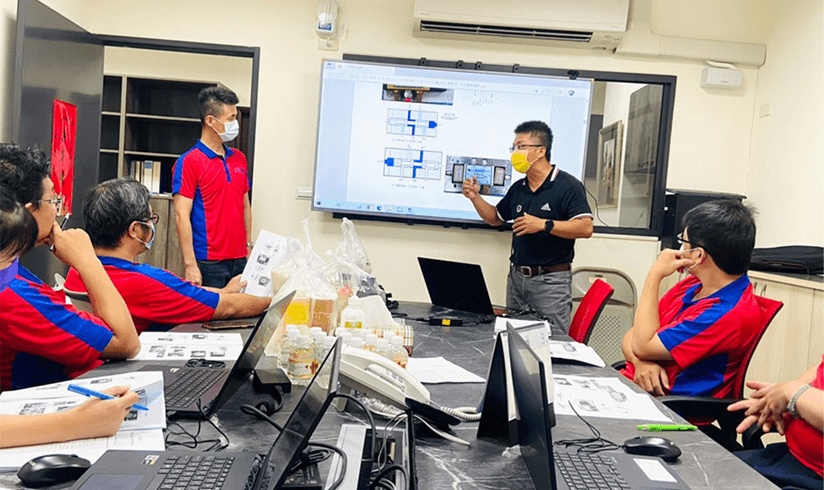
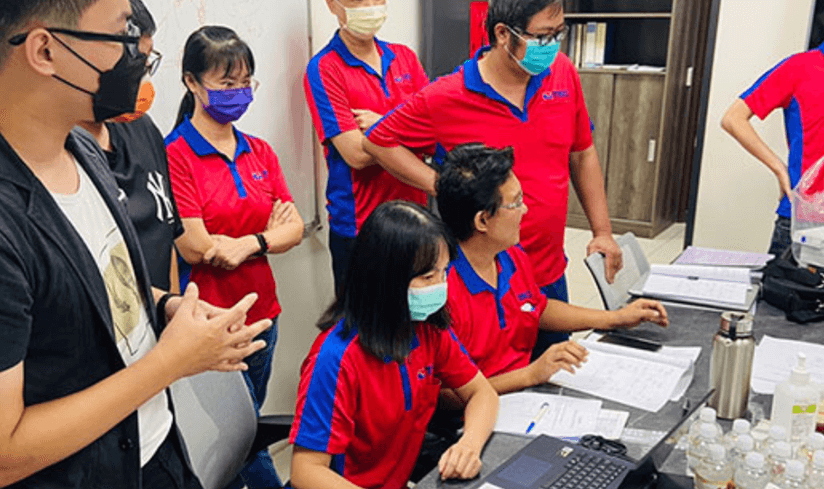
Learn more : TBC Weekly Training
3.Optimized Cooling and Heating System Management
Cooling System Optimization
-
Regularly inspect the cooling system, including coolant flow, temperature, and quality of the coolant fluid, to prevent issues such as clogging or scaling.
-
Proper maintenance ensures stable cooling and prevents overheating that could damage molds or die casting machines.
Heating System Inspection
-
Calibrate heating systems to ensure precise temperature control and maintain die-cast parts quality while extending mold lifespan.
Cold Chamber Die Casting

|
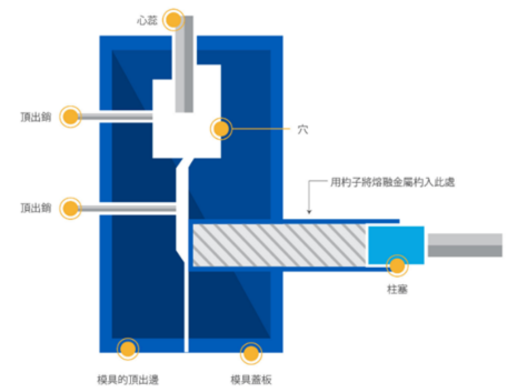
|
Hot Chamber Die Casting

|

|
4. Precise Hydraulic System Maintenance
Hydraulic Filter Replacement
-
Regularly check and replace the hydraulic oil and filters to maintain system cleanliness and prevent contamination.
-
Clean hydraulic systems ensure efficient and reliable die casting operations.
Hydraulic Pressure measurement and Calibration
-
Conduct routine pressure measurements and adjustments to maintain optimal levels.
-
Stable hydraulic pressure contributes to consistent machine performance and prevents unnecessary strain on components.
5. Proper Machine Calibration
-
Ensure the machine is calibrated correctly for all functions, including pressure, temperature, and injection speed.
-
Periodically re-calibrate to maintain consistent part quality and reduce wear on the machine.
Calibration Tools
-
Die Locking Force Detector - Inspection and Adjustment.
-
The strain testing is designed to ensure that the tensile force is evenly distributed across the four tie bars. When it becomes uneven and exceeds the Young's modulus, it may cause rupture at weak points or increased mold wear. If you notice that one side of the mold has severe splashing, testing should be conducted, or it should be tested every three years, similar to a major maintenance concept.
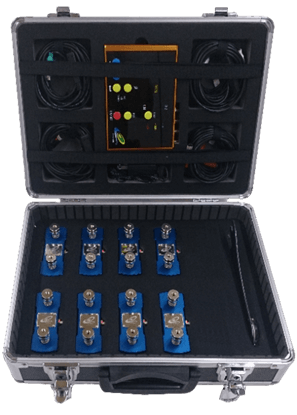
|
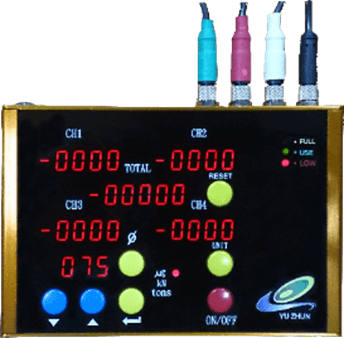
|
| Tensile Force Sensor | 4-Port Display |
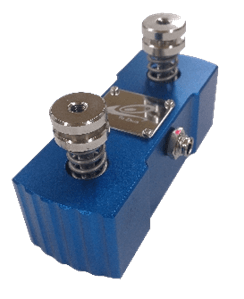
|

|
|
|
Specialized Tool and Level |
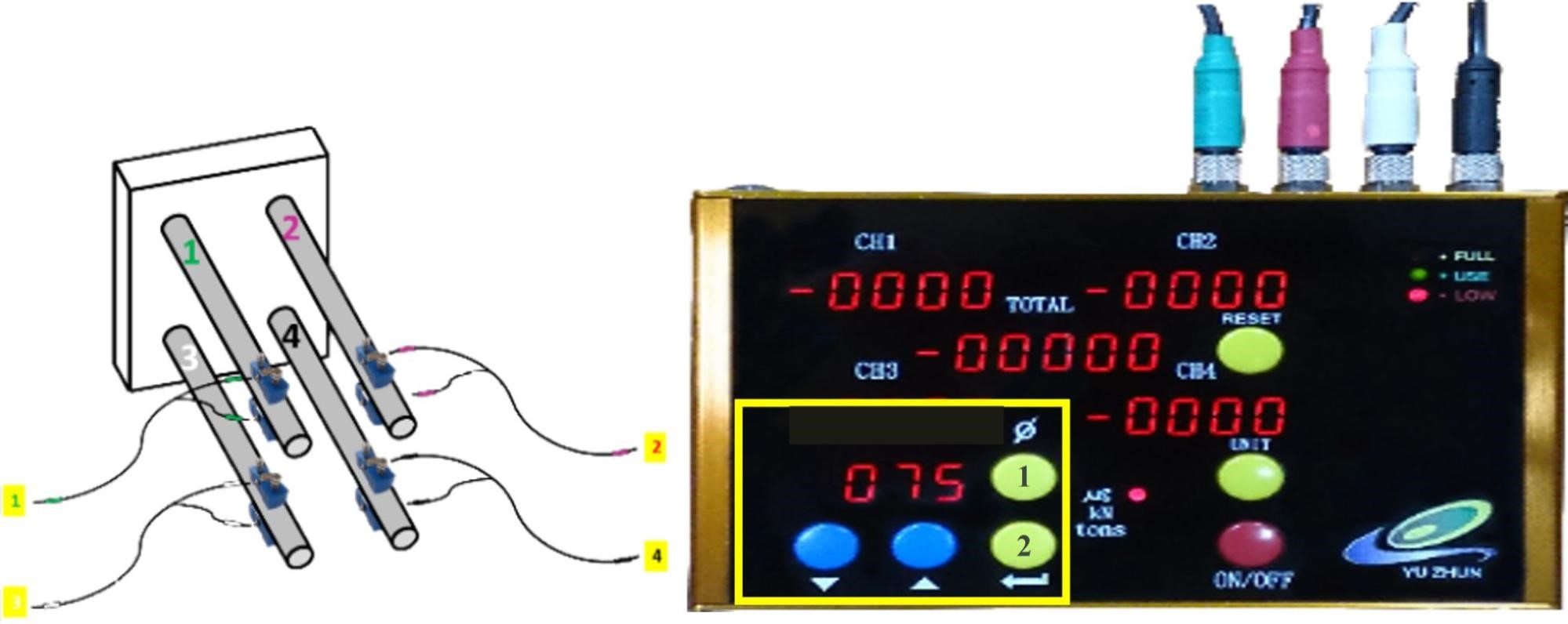
6. Cleaning and Maintenance of Molds
-
Regularly clean the molds to prevent metal buildup and ensure proper ejection of parts.
-
Inspect mold for wear and tear and promptly replace or repair damaged molds to maintain product quality
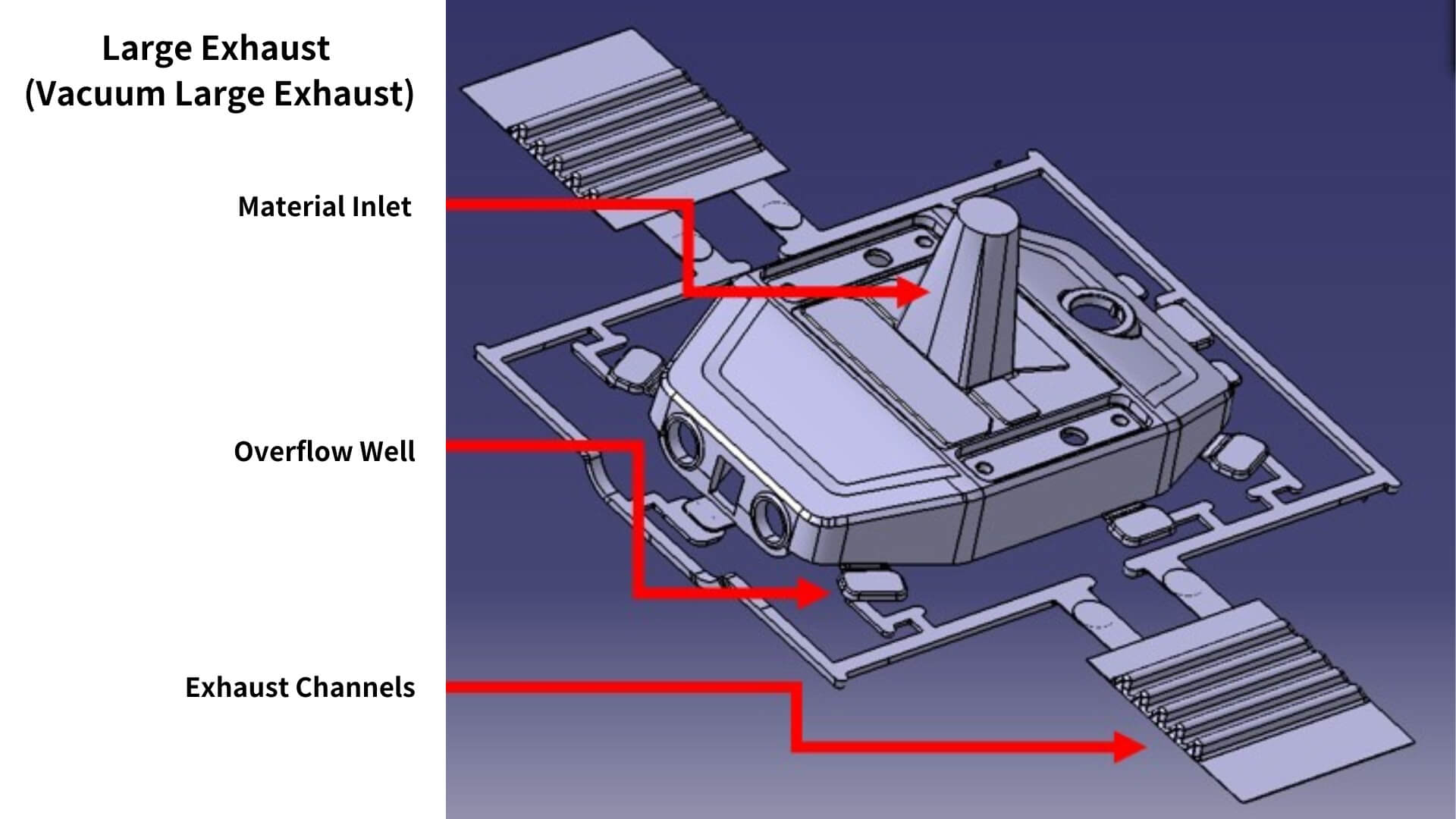
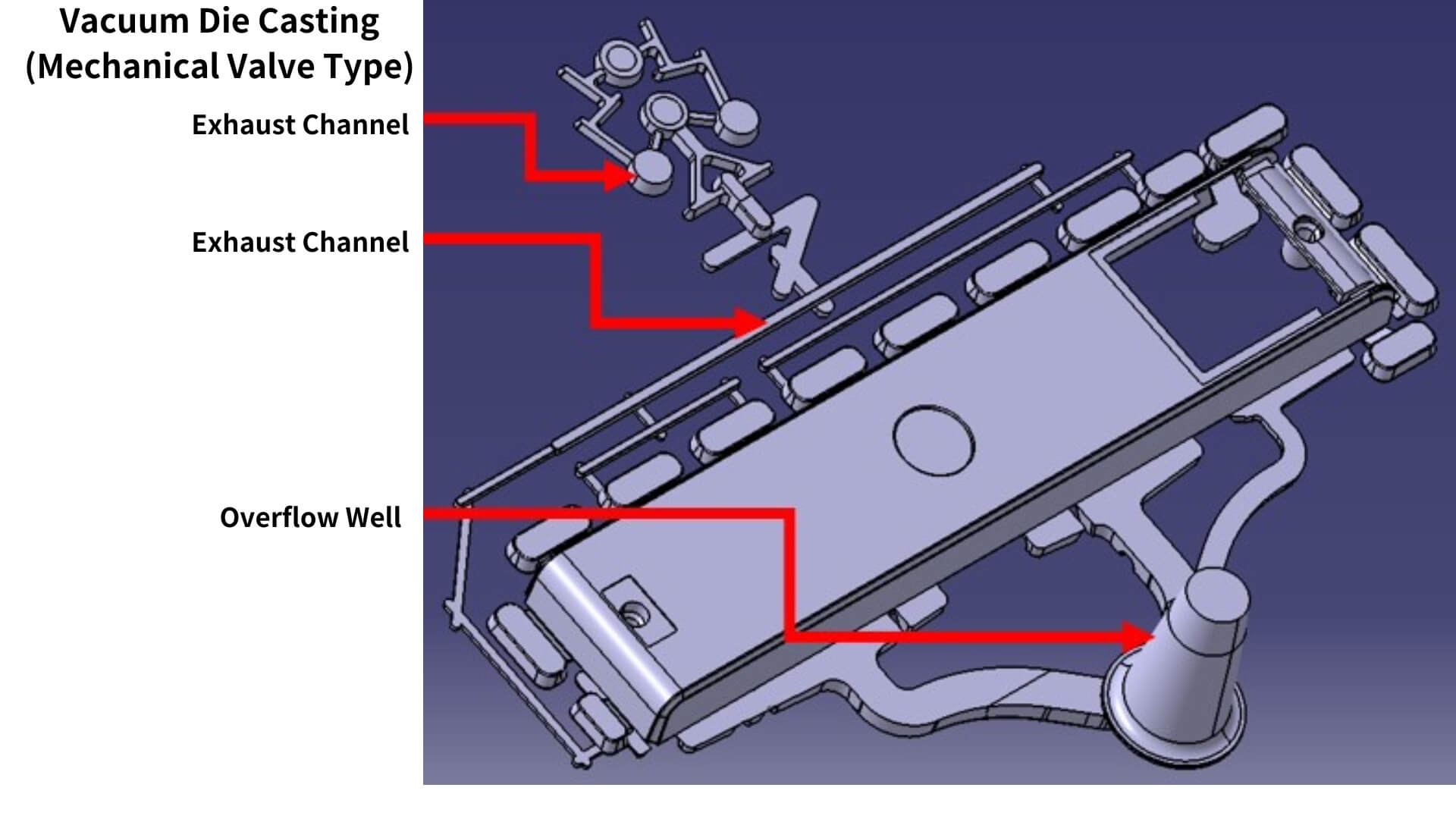
7. Lubrication of Moving Parts
-
Apply proper lubrication to reduce friction and wear on moving parts.
-
Ensure key components, such as ejector pins, toggles, and clamping units, receive adequate lubrication.
8. Digital Monitoring and Smart Maintenance Systems
-
Implement smart monitoring systems to track real-time machine conditions remotely.T
-
Automated alerts help technicians take immediate corrective actions before issues escalate
9. Strengthened Maintenance Records and Reporting
Digital Maintenance Records
-
Keep detailed digital records of all maintenance activities, repairs and part replacements for reference.
-
Analying historical maintenance data can improve future startegies and optimize machine upkeep.
Maintenance Reports and Reviews
-
Generate periodic maintenance reports to evaluate machine performance and recommend improvements.
-
Reports help track recurring issues and enhance preventive maintenance plans.
10. Targeted Parts Replacement and Inventory Management
Parts Lifecycle Management
-
Use operational data to track the lifespan of high-wear parts, such as die casting molds, hydraulic seals, filters and other critical components.
-
Schedule timely replacement to prevent component failures and avoid production disruptions.
Smart Inventory Management
-
Implement a predictive inventory system to automatically forecast demand and replenish stocks.
-
Prevent machine downtime due to shortages of essential spare parts.
11. Performance Evaluation
-
Assess maintenance costs, including labor, parts, and downtime.
-
Optimize resource allocation to ensure a cost-effectivedie casting process.
Enhancing Maintenance for Long-Term Efficiency
Continuous improvement and best practice sharing are essential for optimizing die casting maintenance. Regular reviews of maintenance activities should be conducted to identify areas for enhancement.
By analyzing operational data, adjustments can be recommended to improve maintenance practices and reduce machine downtime. Additionally, encouraging the team to share successful maintenance experiences and innovative solutions to common challenges will foster a culture of continuous learning. This collaborative approach not only enhances individual knowledge but also improves the overall effectiveness of the team, leading to more efficient and reliable operations.
Expert Support & On-Site Maintenance Solutions
Ensuring the right die casting machine is crucial for optimizing production efficiency, maintaining product quality, and reducing operational costs. With the continuous advancements in die casting technology, selecting the best equipment that aligns with your manufacturing needs can be a challenge.
If you have any inquiries about die casting machines, their applications, or how to choose the most suitable solution, please consult TBC Team. We are here to provide expert insights and help you find the ideal die casting solution for your business.
Contact us today and let’s explore the best options for your production needs!
